SUMMARY
This is AI generated summarization, which may have errors. For context, always refer to the full article.
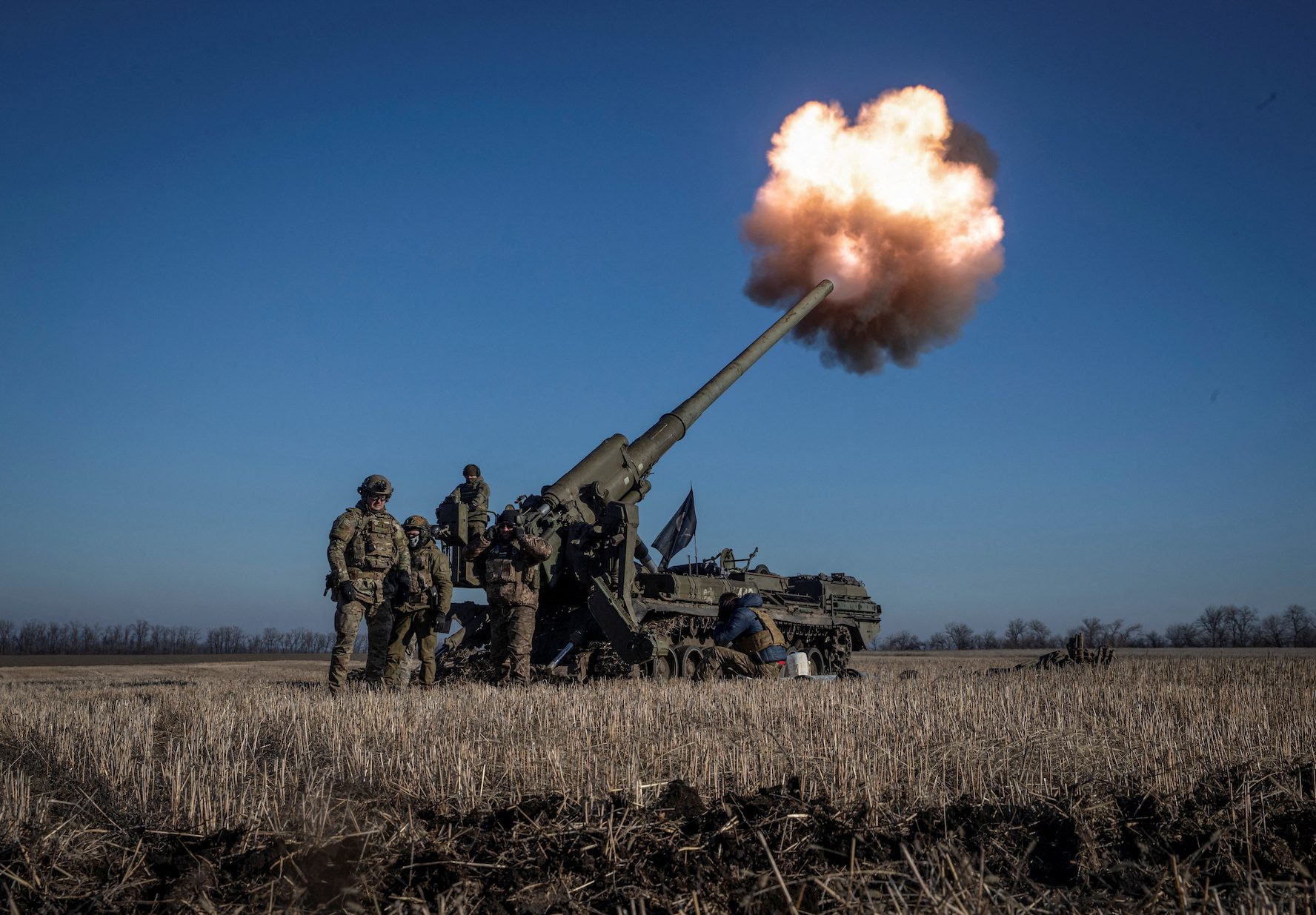
Germany cleared the way on Wednesday, January 25, for Europe to send scores of battle tanks to Ukraine, and Washington was poised make a similar announcement – moves hailed by Kyiv as a potential turning point in the war and condemned by Moscow as escalation.
Kyiv has been calling for months for Western main battle tanks that would give its forces greater firepower, protection, and mobility to break through Russian defensive lines and potentially reclaim territory occupied by the invaders.
Andriy Yermak, the head of Ukrainian President Volodymyr Zelenskiy’s administration, reminded Kyiv’s allies that it wanted tanks in the hundreds, adding on Telegram: “This is what is going to become a real punching fist of democracy.”
Germany, previously the West’s holdout, said it would send an initial company of 14 of its Leopard 2 tanks from its own stocks, and also approve shipments by other European countries.
The overall aim would be to supply Ukraine with two battalions of Leopards, typically comprising three or four companies, each with around 14 tanks.
Berlin said the first would arrive within three or four months, and that it would also provide training, ammunition and maintenance.
“This decision follows our well-known line of supporting Ukraine to the best of our ability. We are acting in a closely coordinated manner internationally,” Chancellor Olaf Scholz said in a statement.
Germany’s decision immediately paves the way for pledges from other countries that also use the same tanks.
Spain and the Netherlands said they too could send Leopards and Norway was reported to be considering the matter. Poland and Finland had already pledged to send some as soon as Berlin approved. Britain has offered a company of 14 of its comparable Challengers and France is considering sending its Leclercs.
US to follow?
The decision to send tanks lifts one of the last taboos in Western support: providing weapons that have a mainly offensive rather than defensive purpose.
Two sources in the United States said Washington would announce later on Wednesday that it would provide dozens of its M1 Abrams battle tanks.
Russia’s embassy in Germany denounced Berlin’s “extremely dangerous decision”, which it said could draw Germany into the war – something Berlin explicitly denied. Kremlin spokesman Dmitry Peskov said any US tanks sent to Ukraine would “burn like all the rest”.
Moscow says supplies of modern offensive weaponry to Ukraine will prolong the war and postpone what it says will be its inevitable victory. Anatoly Antonov, Russia’s ambassador in Washington, said deliveries of US battle tanks would be a “another blatant provocation”.
In the past week, Russia has ramped up its threats, with Dmitry Medvedev, an ally of President Vladimir Putin, saying openly that a nuclear power that faced defeat could use nuclear weapons.
Western officials who support sending the tanks have dismissed Moscow’s threats as bluster, saying Russia is already waging war at full tilt and has been deterred from attacking NATO or using nuclear arms.
“The right decision by NATO Allies and friends to send main battle tanks to Ukraine. Alongside Challenger 2s, they will strengthen Ukraine’s defensive firepower,” British Prime Minister Rishi Sunak wrote on Twitter.
Polish Prime Minister Mateusz Morawiecki tweeted a message of thanks to Scholz for a “big step towards stopping Russia”.
Last week, allies pledged billions of dollars’ worth of new military aid including hundreds of armored fighting vehicles and troop carriers – seen as more effective for attacking when used alongside tanks to burst through enemy lines.
Withdrawal from Soledar
Ukraine acknowledged that its forces had withdrawn from Soledar, a small salt-mining town in the east that Russia had claimed to capture more than a week ago in its biggest gain for more than half a year.
The town is close to Bakhmut, a larger city that has been the focus of an intense Russian assault for weeks.
The Russian-installed governor of Ukraine’s Donetsk region said units of Russia’s Wagner contract militia were now moving forward inside Bakhmut, with fighting on the outskirts and in neighborhoods recently held by Ukraine.
Reuters could not verify the situation there.
In the 11 months since it invaded, Russia has killed thousands of civilians, forced millions from their homes and reduced entire cities to rubble.
It says its “special military operation” was necessary to stem a security threat arising from Ukraine’s ties to the West, which it now portrays as seeking to destroy it. Kyiv and its allies say Ukraine never threatened Russia, and the invasion is a war of aggression to subdue its neighbor and seize land.
Ukraine defeated Russia’s troops on the outskirts of Kyiv last year and later drove them out of swathes of occupied land.
But Moscow still occupies around a sixth of Ukraine, and has declared this territory part of Russia. Ukraine says it will not stop fighting until it recaptures all its territory.
The front line has been largely frozen in place for two months despite heavy losses on both sides, with both believed to be planning new offensives for the spring. – Rappler.com
Add a comment
How does this make you feel?
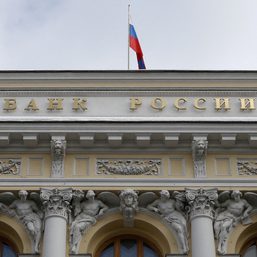
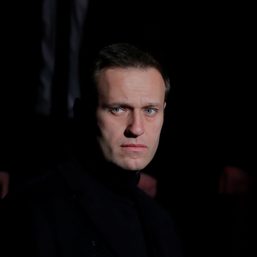

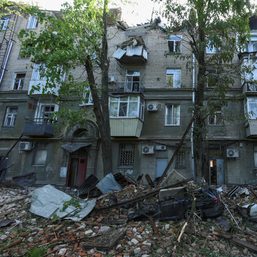
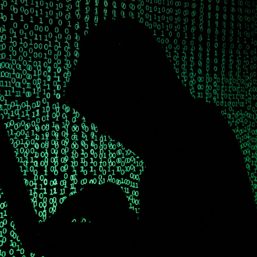
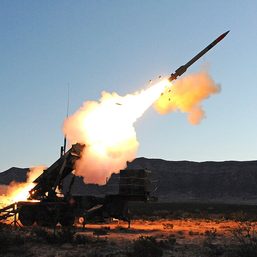
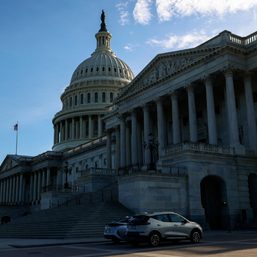
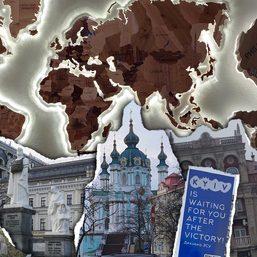
There are no comments yet. Add your comment to start the conversation.